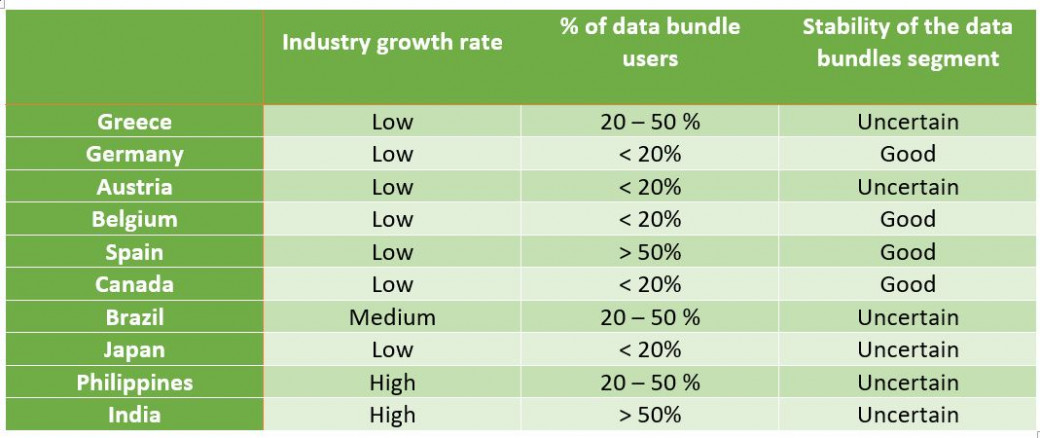SuperMovil - Telco startup market expansion
Your client is the CEO of a Europe-based mobile Telco operator, SuperMovil.
Their business model is very unique: they are a “virtual Telco”. They differ from traditional mobile operators (e.g. Vodafone, T-Mobile, Telefónica/O2, etc.) in that they do not own optic fiber, antennas and satellites, but instead partner with the cited traditional Telcos and rent capacity in order to offer their services. Hence, they differ from the classical Telco, since they don't make big CAPEX investments.
Your client has expressed interest in expanding her company’s operations to a new country.
Which are all the factors you would take into consideration to orchestrate this geographical expansion?
*Note: The M&A department has shortlisted 10 countries as top candidates, but this info will be provided and worked on later on in the case.
Case Comments
Question 1 – Structuring
Which are all the factors you would take into consideration to orchestrate this geographical expansion?
Question 2 – Exhibit
SuperMovil's M&A department has shortlisted 10 countries as potential options for the international expansion. They want our help determining which is/are the most interesting ones.
Question 3 – Math
Now that we have shortlisted Spain and India as our top 2 candidates, and considering that in both cases we could acquire 1% of the actual data-bundle users, how much revenue can we estimate in each market?
Final question – Executive summary
You are the business analyst who worked in this DD, and who is currently guiding the CEO of SuperMovil to the ExCom meeting with the partners. In the elevator ride (1 minute), she asks you to provide her a quick note on what the conclusions are.



